Editorial
Spectre of monarchy
It is no coincidence that most of those clamouring for monarchy are figures like Durga Prasai.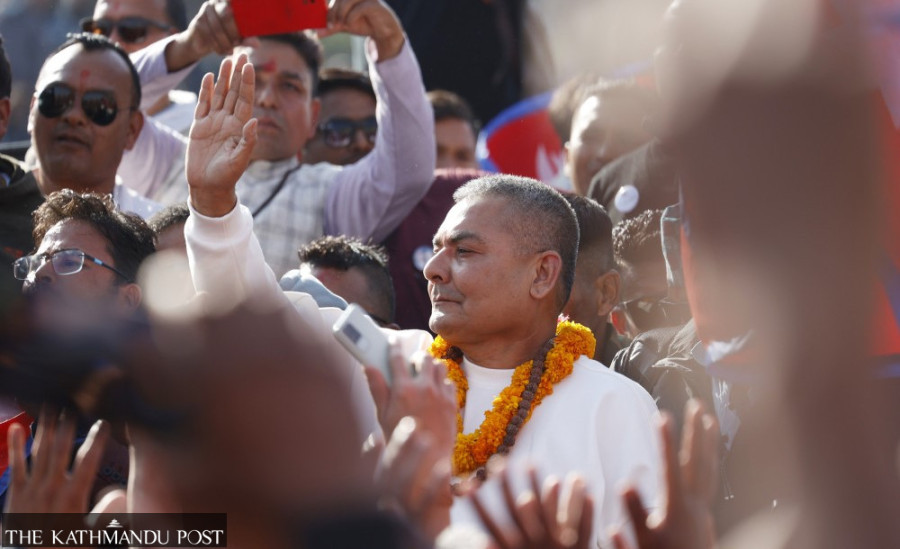
Many people who joined the 2006 movement for restoration of democracy were unclear about many things. At least initially, there seemed to be little demand for federalism from the street. Likewise, not many were asking for a secular state. Yet what united the hundreds of thousands of people who came out to protest, everywhere from Kathmandu to Kakarvitta, was their common hatred of monarchy. The-then monarch Gyanendra Shah had, just like his predecessors, openly trampled on democratic values even as he continued to strengthen his own institution, both in terms of money and manpower. Multiple times, King Gyanendra had dismissed elected governments and usurped people’s liberties. The army on his side, he appeared intent on crushing the Maoist insurgency with brute force instead of trying to come to a negotiated settlement. The monarch, it seemed, still considered himself an avatar of Vishnu and thus everything he did was ipso facto divine.
People said enough is enough and the subsequent revolution confined the institution to history books where it belonged. But there are many small political outfits that want the revival of monarchy. The latest entrant to this dubious list is the troubled businessman Durga Prasai and his followers. Short memory of a section of the people has made it possible to think of monarchy as an alternative to the secular, federal republican polity we imagined just a decade and a half ago. But it was not for nothing that so many people braved their lives in 2006—lest we forget, the king had cut off telephone lines, placed soldiers in newsrooms, incarcerated civil rights activists and shot dead his own praja as people sought freedom from his dictatorship.
Make no mistake, people recently joined the crowd led by Prasai not because they had an inherent belief in monarchy nor in Prasai’s claims to champion the cause of those who have gone bankrupt, having failed to pay back their bank loans. They were just there, as one onlooker recently told policemen in a viral video, as they had nothing better to do. They were there just for the sheer pleasure of witnessing things unfold. Ramita should not be conflated with people’s uprising. But what is also true is that social media has helped individuals with holier-than-thou attitudes to pose as heroes the nation wants. But it is hard to believe that a discredited figure like Prasai can bring about a revolution or revive a monarchical system long dead in its form and spirit.
Frankly, the monarchy and Hindu state restoration campaign of Prasai, a foul-mouthed and openly misogynistic individual without even basic decency, was doomed from the start. Perhaps even the ex-monarch, Gyanendra, felt a touch embarrassed that someone so vile was campaigning for his restoration. So instead of supporting Prasai’s Kathmandu-centric protests, Shah chose to fly to Jhapa. Whatever the case, even the idea of hereditary monarchy is antithetical to the democratic spirit of the 21st century. In modern-day Nepal, you get to rule if you are chosen by the people, not because you have an imagined, god-given right to lord it over others. It is thus no coincidence that many of those who are now clamouring for monarchy are shady figures like Prasai who want to use the fanciful pretext of the institution’s restoration to serve their own interest.




 17.12°C Kathmandu
17.12°C Kathmandu
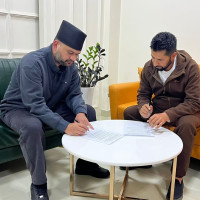

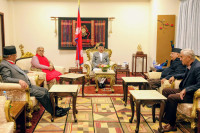


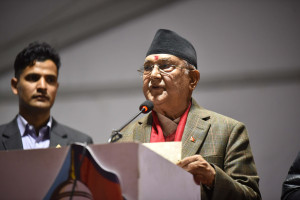
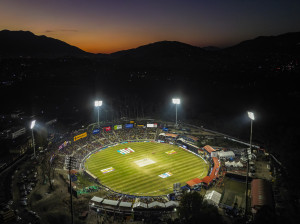





%20(1).jpg&w=300&height=200)

